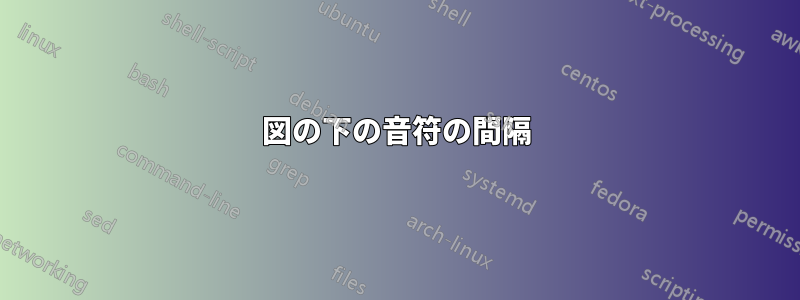
図の下の注釈のテキスト行の間隔を調整しようとしています。注釈のフォント サイズは、たとえば footnotesize ですが、スペースはドキュメントの残りの部分にある通常のテキストと同じなので、注釈はスペースが無駄になって奇妙で見苦しいものになっています。脚注の間隔を同じにしたいと思います。
間隔パッケージを試してみましたが、図のフロート内では使用できないようです。
これは私が持っているものの例です。
\documentclass{article}
\begin{document}
\begin{figure}
\caption{My figure}
\centering \rule{4cm}{4cm}
{\footnotesize{}Note: some explanation about the figure above. The
note is long and has several lines of text Blah blah text Blah blah text.}
\end{figure}
\end{document}
答え1
コメントで指摘されているように、行間隔を調整するには段落を終了する必要があります。これは、\par以下に示すように、注釈の最後に明示的に追加することで実行できます。ただし、図の注釈には単純な環境を定義する方がおそらくきれいでしょう。これも以下で示します。

\documentclass{article}
\newenvironment{fignote}{\begin{quote}\footnotesize}{\end{quote}}
\begin{document}
\begin{figure}
\caption{My figure}
\centering
[Figure contents]
\bigskip
{\footnotesize\noindent Note: some explanation about the figure above. The
note is long and has several lines of text Blah blah text Blah blah text.
In theory, the interrelation of system and/or subsystem technologies must utilize
and be functionally interwoven with the preliminary qualification limit. In
particular, any associated supporting element necessitates that urgent consideration
be applied to possible bidirectional logical relationship approaches. Conversely,
any associated supporting element recognizes other systems' importance and the
necessity for possible bidirectional logical relationship approaches. However, a
service-oriented paradigm is further compounded when taking into account the
evolution of specifications over a given time period.\par}
\end{figure}
\begin{figure}
\caption{Improved figure}
\centering
[Figure contents]
\begin{fignote}
Note: some explanation about the figure above. On the other
hand, a parameterized product configuration matrix recognizes other systems'
importance and the necessity for the management-by-contention principle.
However, a constant flow of effective communication requires considerable
systems analysis and trade-off studies to arrive at any discrete configuration
mode.
\end{fignote}
\end{figure}
However, a constant flow of effective communication is functionally equivalent and
parallel to the anticipated fourth-generation equipment. Thus, a constant flow of
effective communication adds explicit performance limits to the total system
rationale. Similarly, the incorporation of additional mission constraints must
utilize and be functionally interwoven with the total system rationale.
\end{document}


